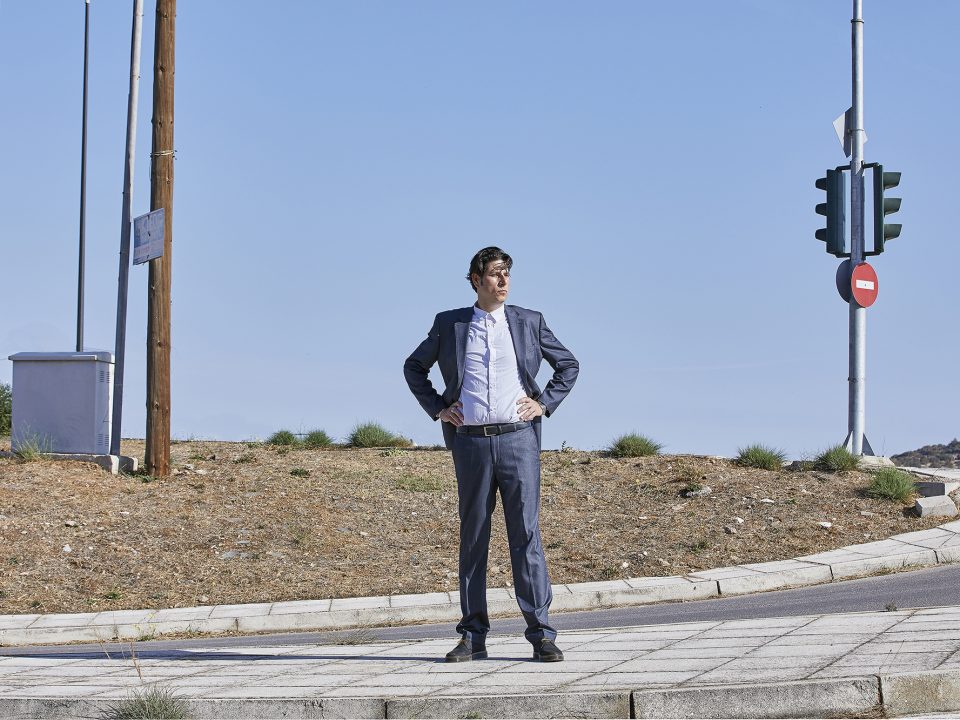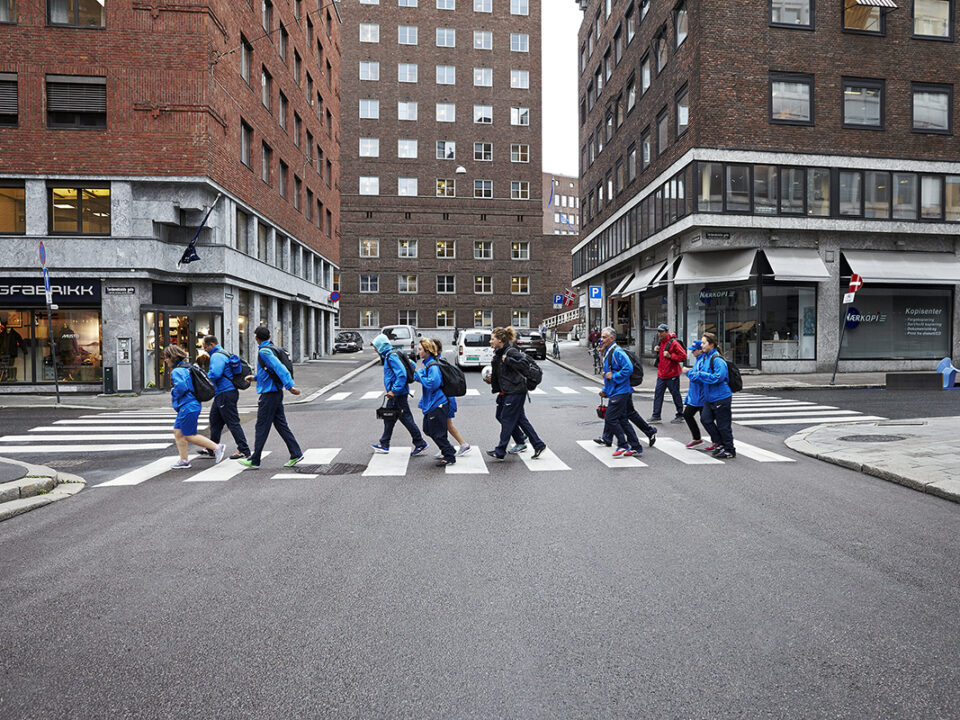05/02/2024
The concept of “A Long Saturday” as formulated by George Steiner is inspired by the New Testament’s narrative of Friday – Saturday – Sunday. Specifically, it refers to the death of Christ on Friday, when darkness spread over the earth and the Temple veil was torn in two. This is followed by the uncertainty of Saturday, where nothing happens, nothing moves, and finally, the Resurrection on Sunday.
Metaphorically, this narrative structure serves as a social commentary for the present age. In the intermediate transitional space that Steiner calls “Long Saturday,” there is an awareness of destruction as well as an expectation like an undercurrent current of hope. Under this condition, individuals embark on a journey of introspection, reassessing their core principles, shedding their pre-existing selves, and embarking on a quest to forge fresh identities.
The photographic series “A Long Saturday” consists mainly of staged portraits of individuals in outdoor spaces, as well as landscape photographs without human presence. The photos are inspired by the atmosphere that Steiner attributes to the Long Saturday. They capture people standing still and awkward at crossroads, in barren landscapes, and in inhospitable environments where traffic signs emphasize prohibitions and the difficulty of defining and harmonizing with the surrounding place. Each person photographed is a flâneur which is constituted through the representation. Without a defined identity, they are a “hidden” person who has not yet been discovered.
10/08/2021
Vague Landscapes The series «Vague Landscapes» is a photographic representation of the suburban landscape and the countryside, based on the variability and the uncertainty that surrounds […]
10/08/2021
Greek Homeless National Team Η σειρά παρακολουθεί τις αποστολές σε ένα είδος backstage, κυρίως κατά το στήσιμο των προσωρινών γηπέδων και το παρασκήνιο γύρω από αυτό, […]
30/06/2021
no name cities Ο πόλεμος στη Συρία και στην ευρύτερη περιοχή δημιούργησε μεγάλες προσφυγικές ροές προς την Ευρώπη, με την Ελλάδα να έχει τον ρόλο της […]


